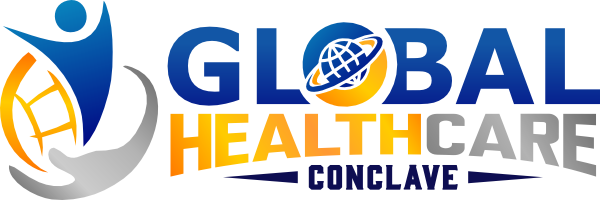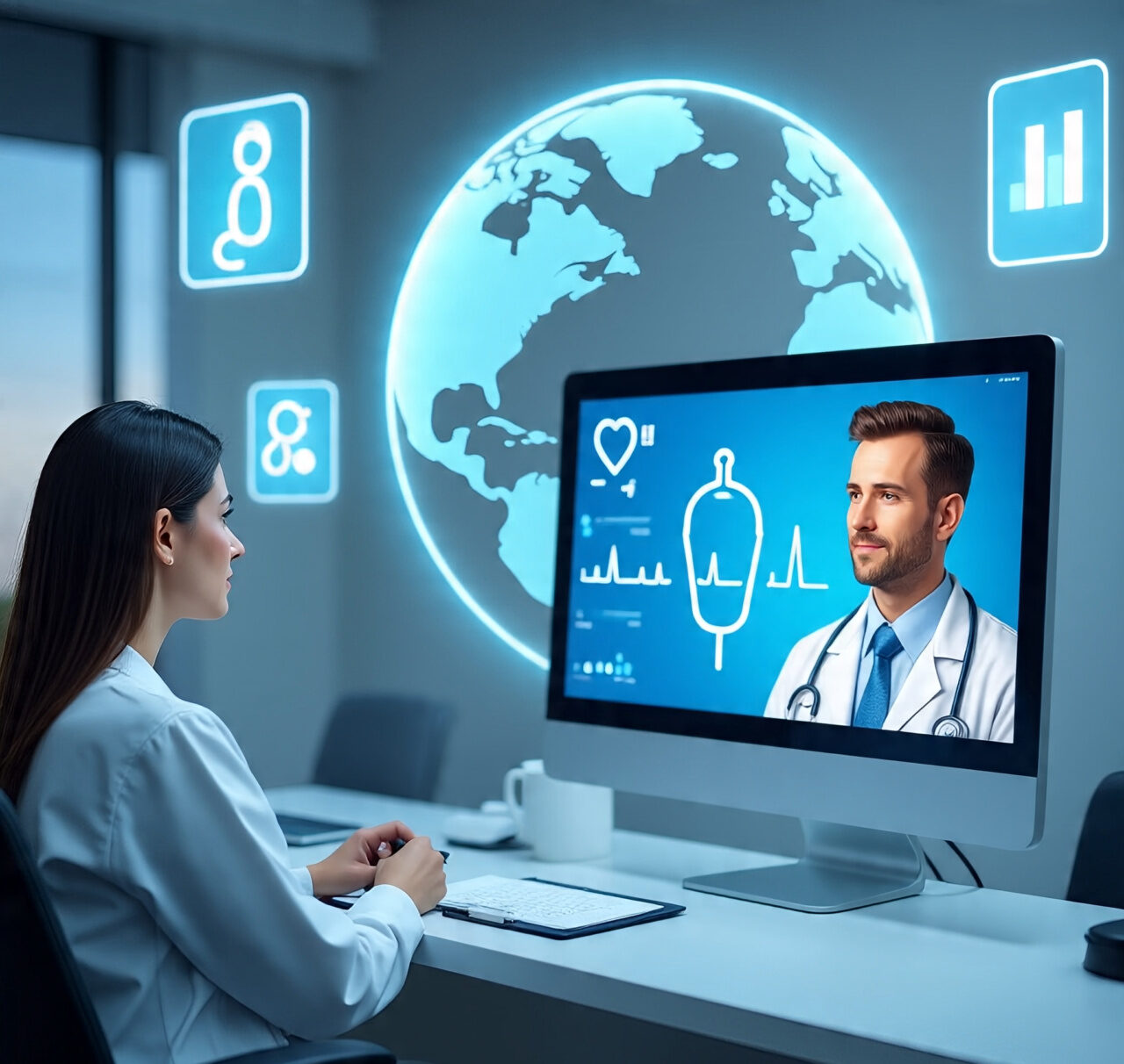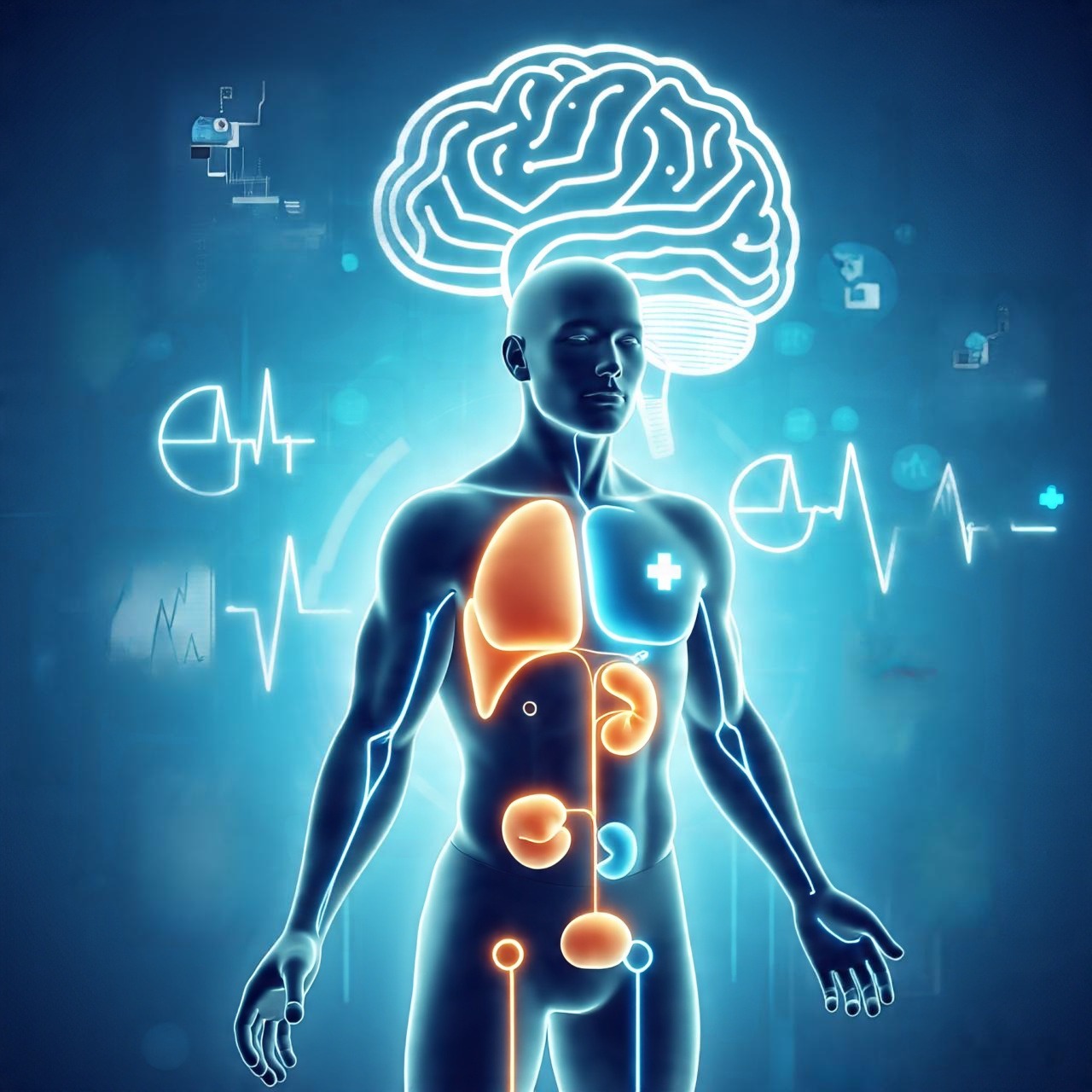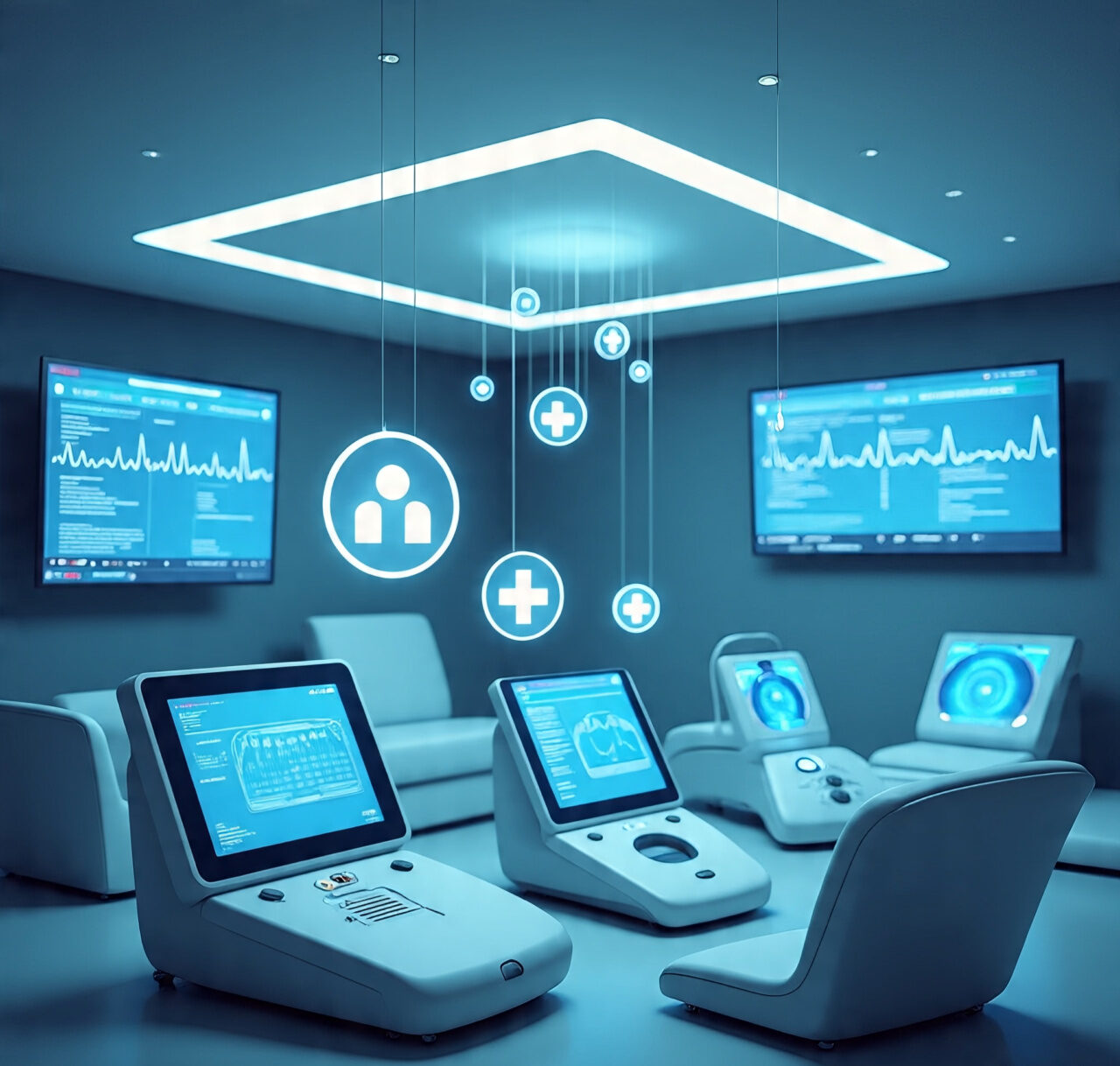
Introduction
Medical training is no longer limited to textbooks and cadavers. VR and AR technologies are providing immersive, interactive experiences for healthcare professionals, enhancing both education and patient care.
Applications of VR and AR
- Surgical Training: Practice procedures virtually before real-life operations.
- Patient Education: Visual explanations of medical conditions.
- Collaborative Training: Teams can train together in virtual environments.
- Therapeutic Applications: VR is being used to treat PTSD, phobias, and pain.
Benefits of VR and AR
- Hands-on practice without risks.
- Cost-effective compared to traditional labs.
- Higher retention of medical knowledge.
- Enables global knowledge-sharing virtually.
Challenges
- Expensive VR/AR devices.
- Need for reliable high-speed internet.
- Resistance to adoption in conservative medical institutions.
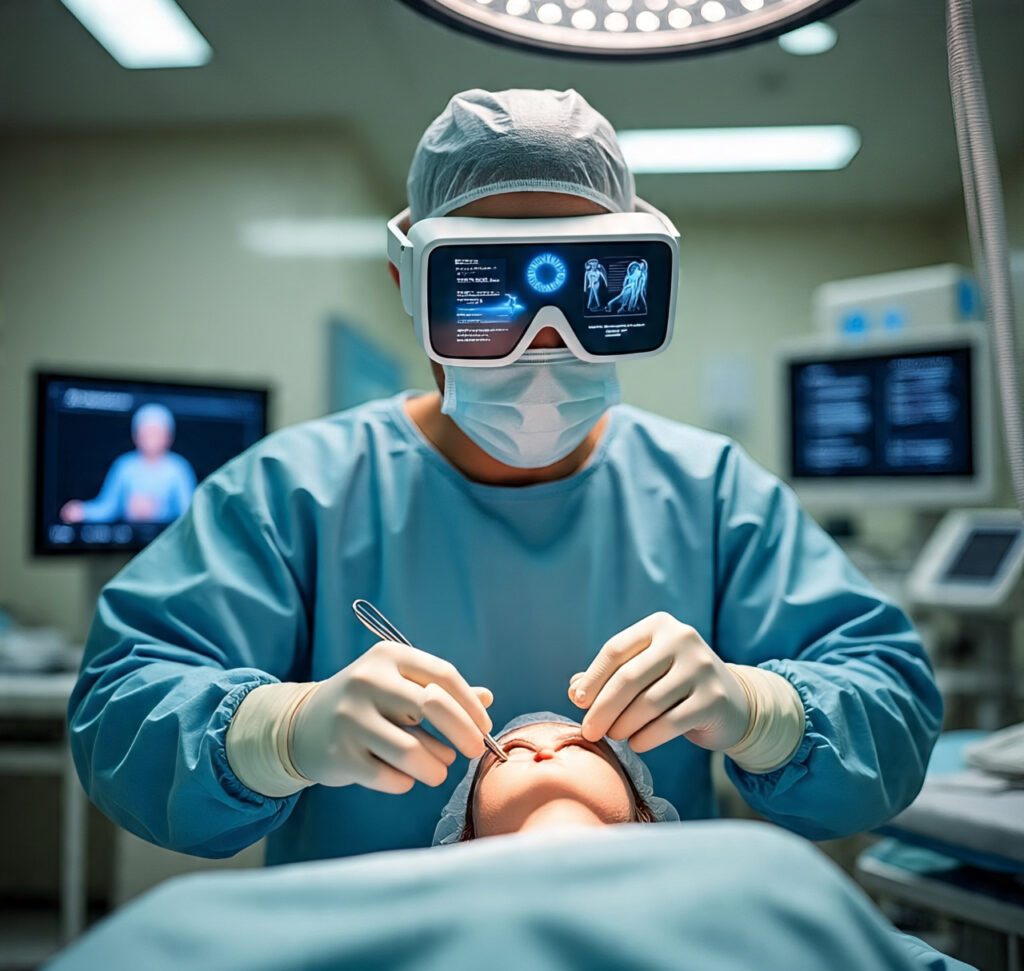
Global Adoption
India and other nations are investing in medtech startups developing affordable VR training. At the Global Healthcare Conclave 2025, expect VR & AR to be major attractions in the Startup Pavilion.
Conclusion
VR and AR are more than futuristic ideas—they are shaping tomorrow’s healthcare professionals today.
